As Save The Bay works to restore hundreds of acres of wetlands across the Bay Area, many planting decisions are made before a seed hits the dirt. Here’s a peek behind the curtain of how we decide where to focus our work, when to plant, and how we’ll get the job done.
The Habitat Restoration Team is small but mighty! With 8 folx on staff and hundreds of volunteers, we have to make important decisions during every season based on site maintenance and needs. The restoration team actively works on four restoration sites composed of about 80 acres that are broken into smaller subsites, all along San Francisco Bay. The decisions we make help ensure that we are dividing the team’s time and energy to best focus our efforts for planting season.
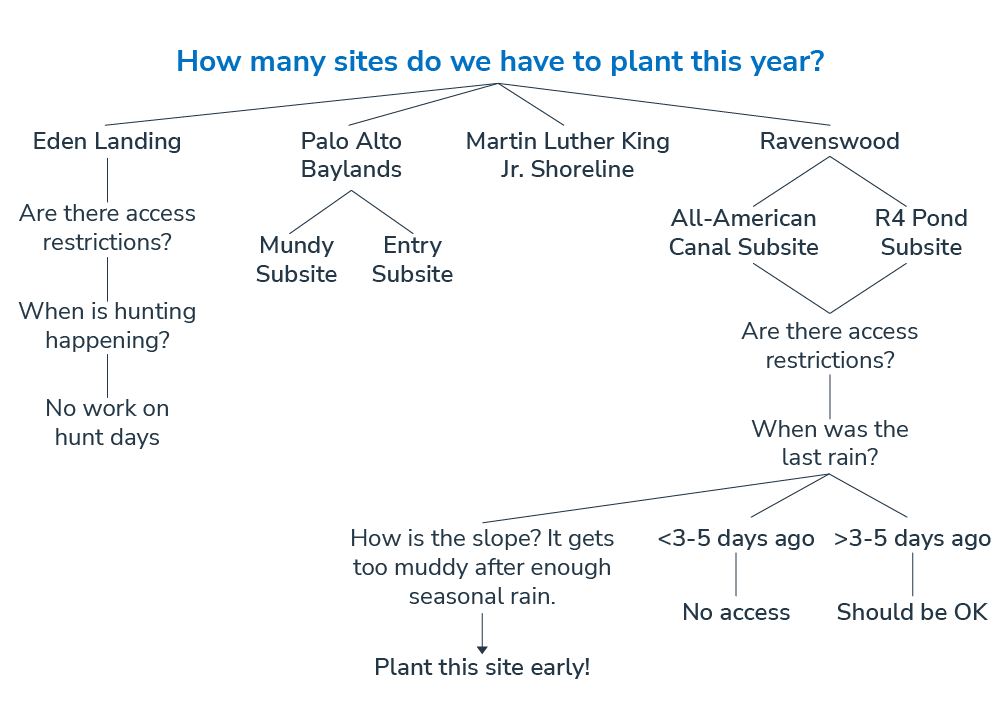
Every year, we grow thousands of plants in our 2 container nurseries to outplant at each restoration site we are actively working on. Since we typically work along tidal marsh transition zones, we grow about 10-15 species of native wetland plants.
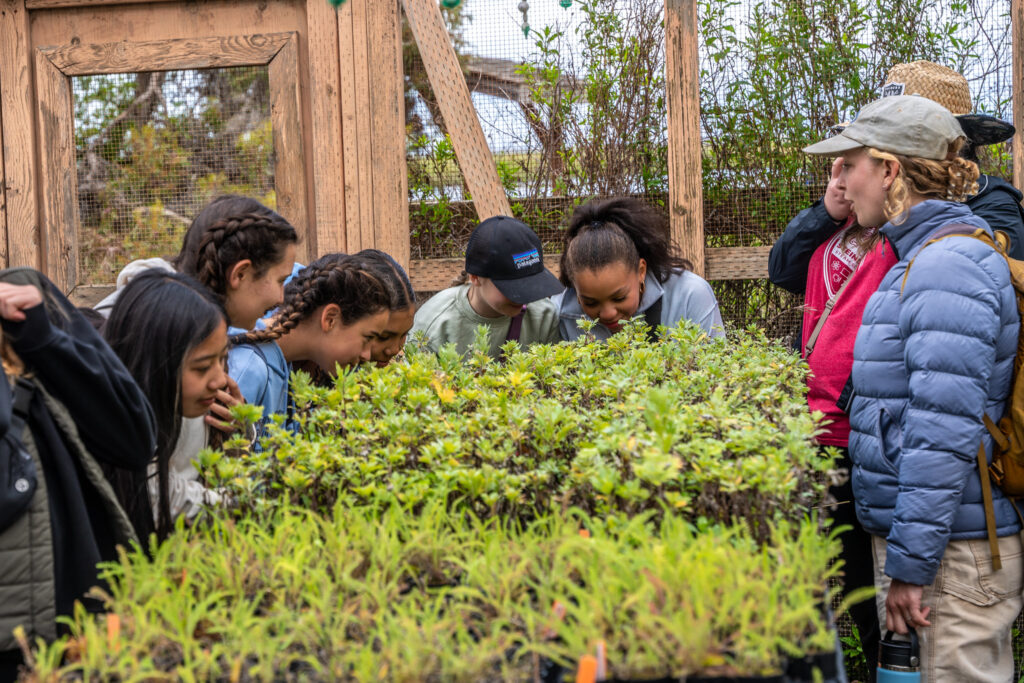
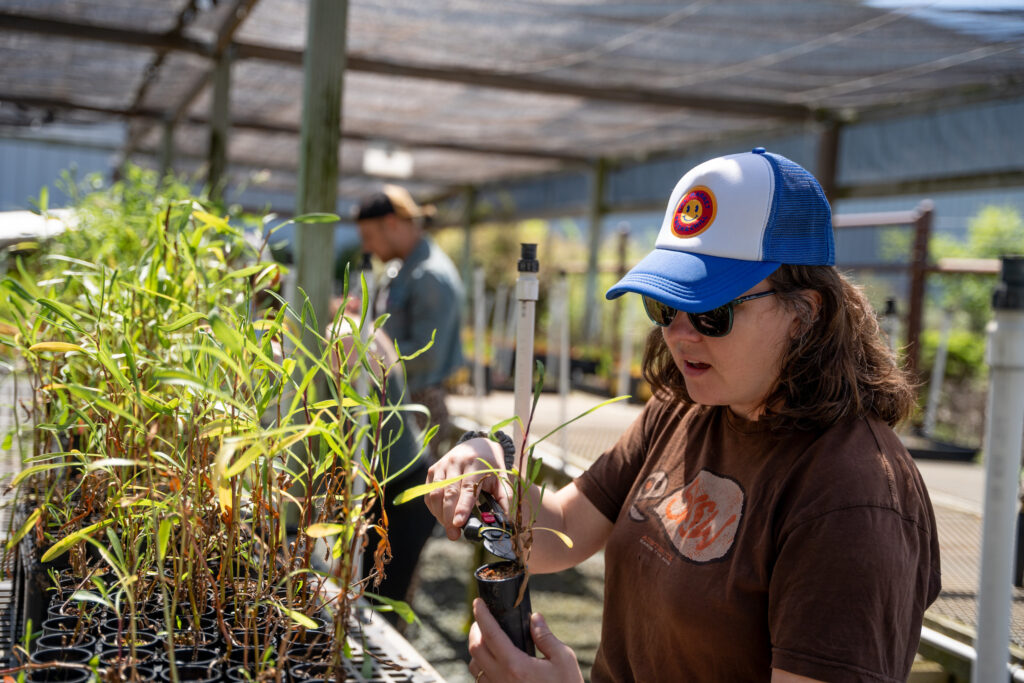
The number of container plants we decide to put in the ground in a given day changes based on how many staff members and volunteers we have, and what assistance we are expecting from the San Jose Conservation Corps (SJCC).

*SJCC: San José Conservation Corp. Read more about our partnership with SJCC to prepare the All-American Canal site for restoration.
Our work also depends on the programs we are hosting each month. This information helps us plan in advance by selecting the location, estimating the number of participants, and determining how many plants to bring for each planting program.
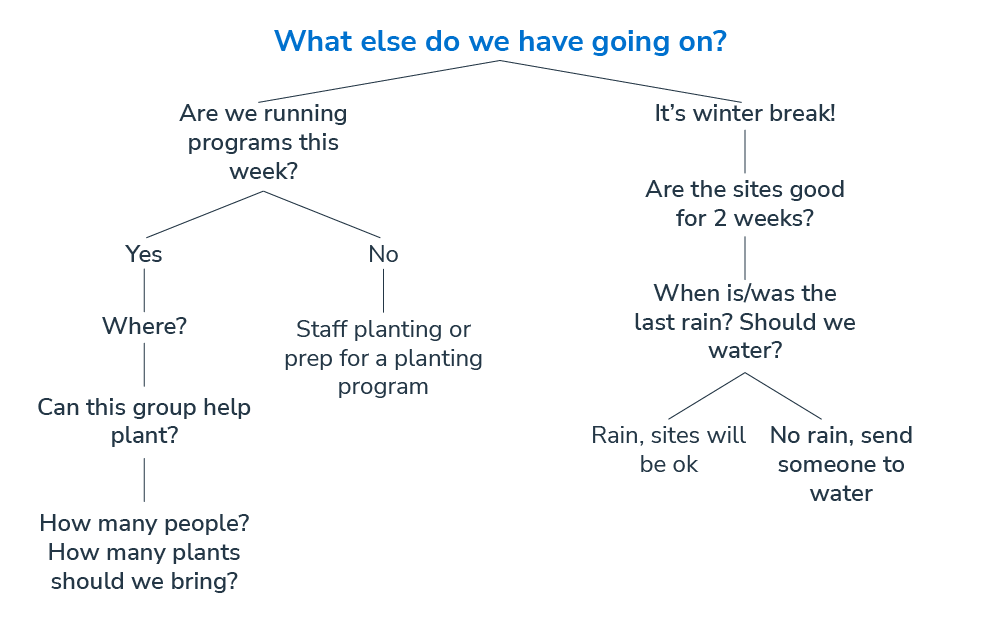
Another factor that affects our decision making process is….. you guessed it, the weather! This is the most unpredictable factor of them all. We monitor the weather closely since our fieldwork as staff and with volunteers is rain or shine. However, some of our sites can become inaccessible depending on how many inches of rain fall.


In the case of thunder and lightning, we completely cancel outdoor work and redirect to indoor work. As closely as we monitor the weather and plan for the best conditions, some days it completely surprises us, and we have to pivot plans.
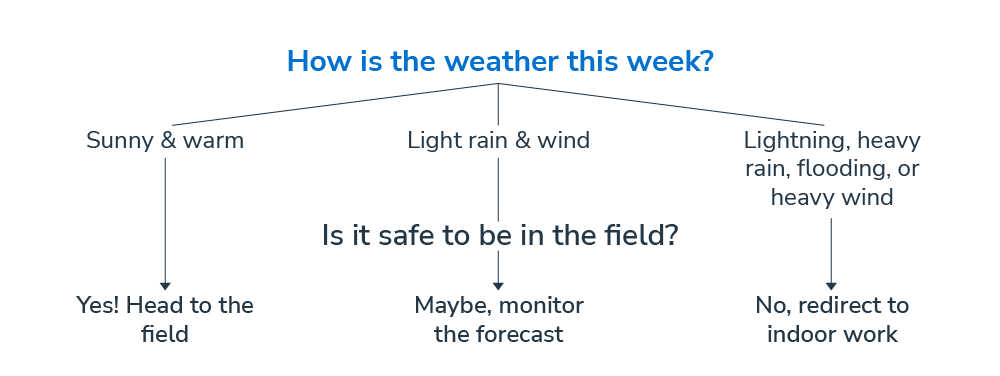
The restoration team also works on a lot of other projects simultaneously. We host a variety of public, affinity, corporate, community, and education volunteer programs every month at our nurseries and project sites. The team needs time to do administrative work behind a computer because everyone’s position is different and requires varying levels of coordination, meetings, data analysis, and administrative tasks. To prevent burnout among our team and ensure that everyone is resting their mind, body, and taking breaks, we intentionally plan out our calendar to prioritize wellness.
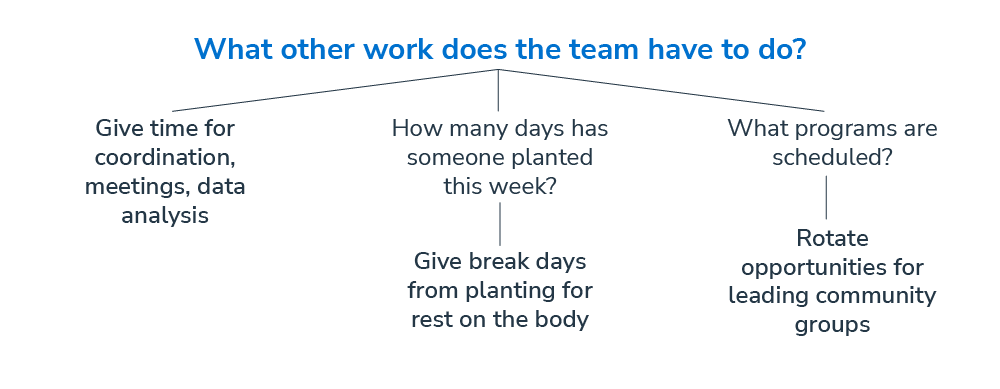
As mentioned previously, we have 2 container plant nurseries, but we also have a third division bed nursery. In this nursery we only grow rhizomatous native plants (plants with underground stems that spread horizontally) and harvest the plants by collecting chunks of sod from each bed and planting them directly into the ground.
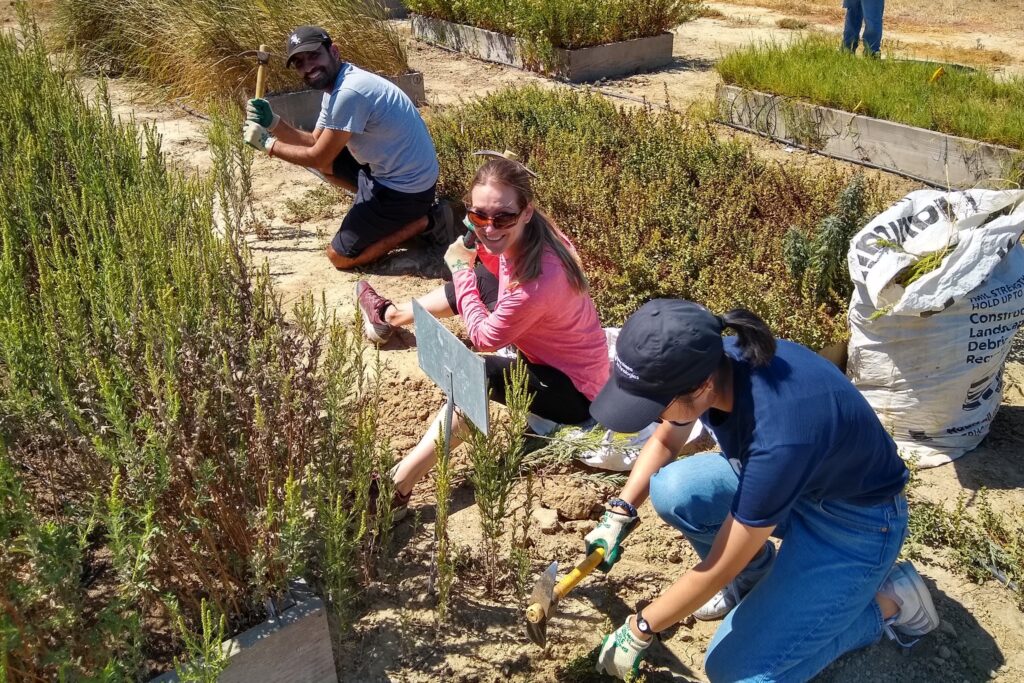

Harvesting plant material from this nursery can be time consuming and requires a lot of hands. It is also a bit time sensitive since the sod can’t be exposed to the elements without being planted into the ground for more than a few days before it starts to die or becomes less viable.
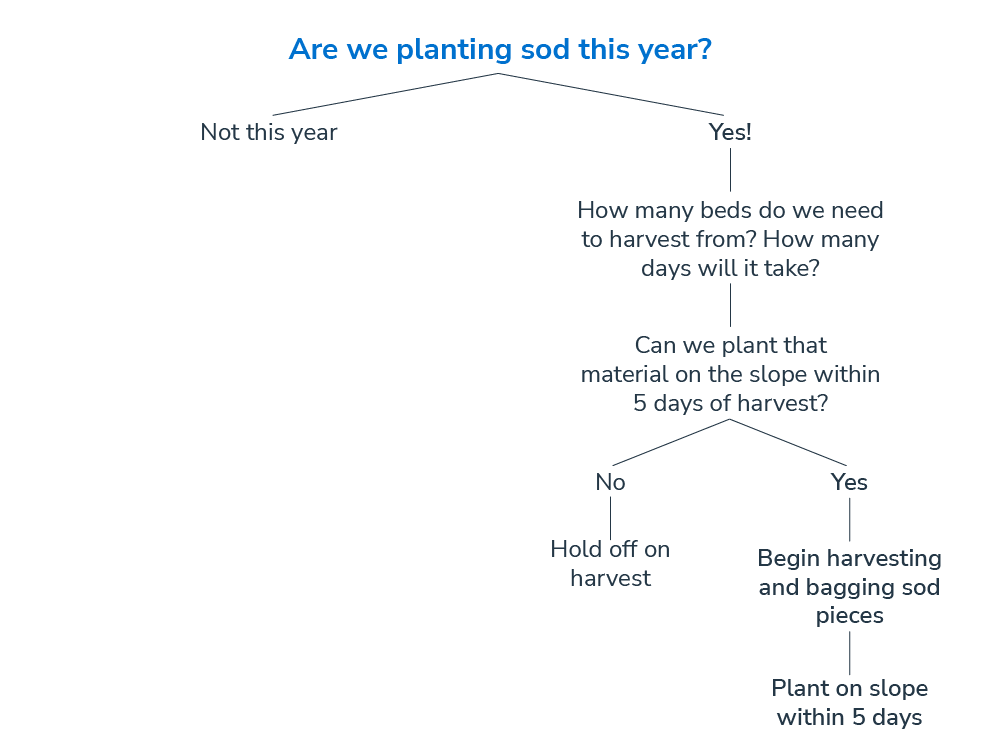
These are the decisions and considerations we take when planning for planting season! Thank you for following us along this journey and we hope to see you all out there with us this planting season, rain or shine.

















































